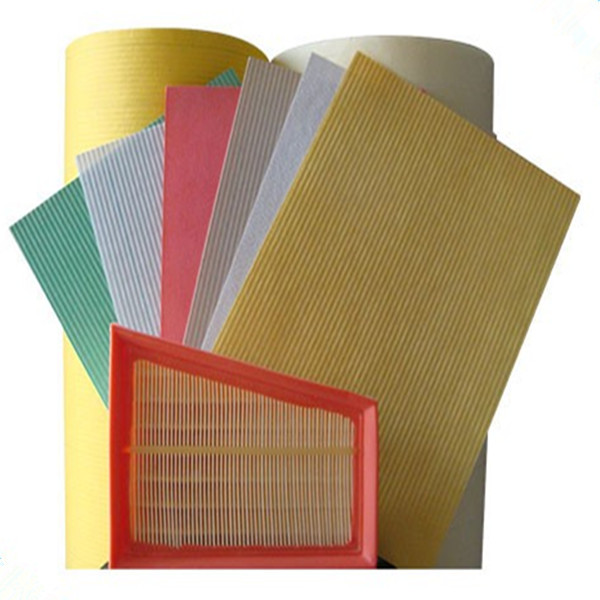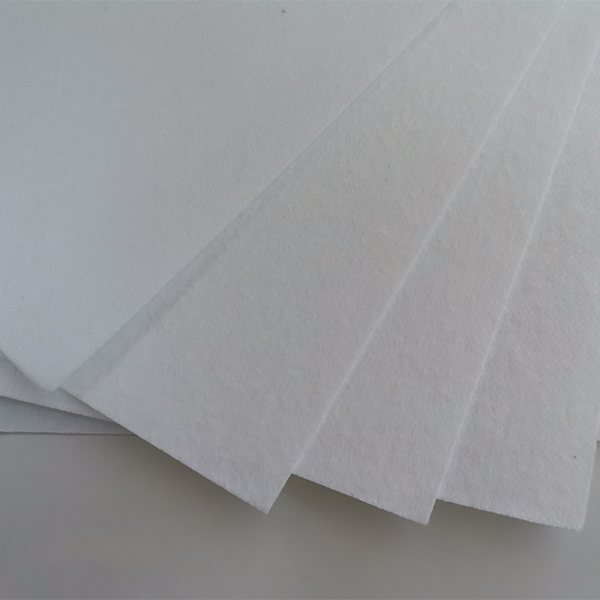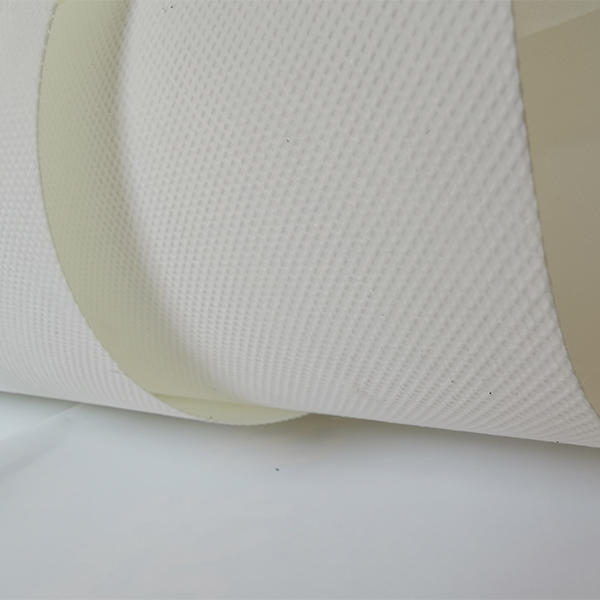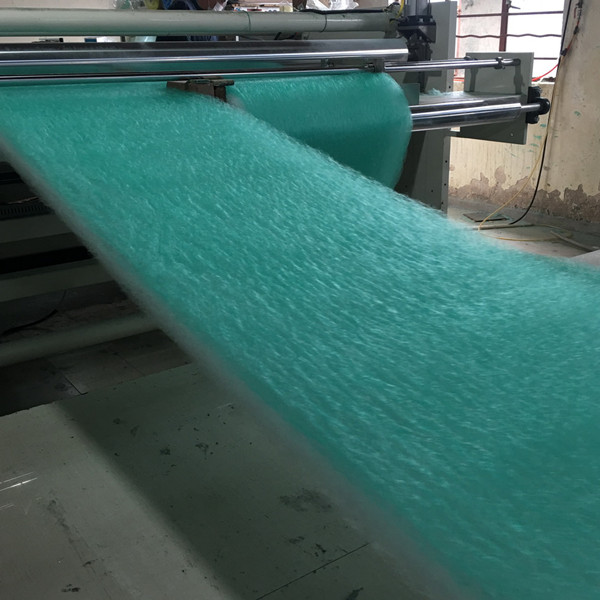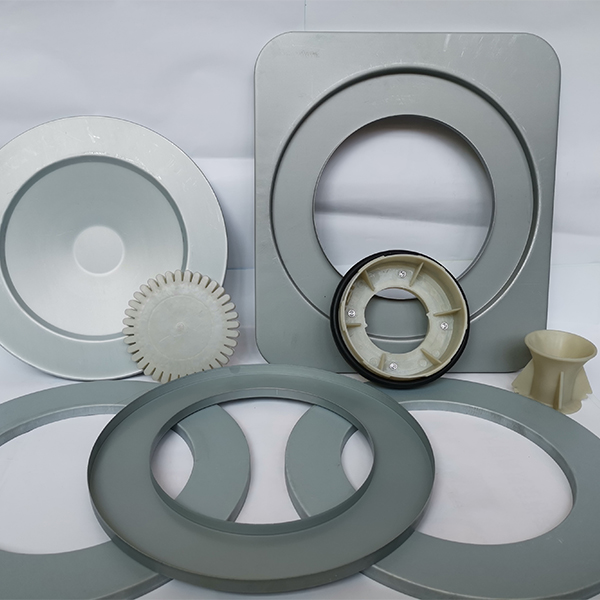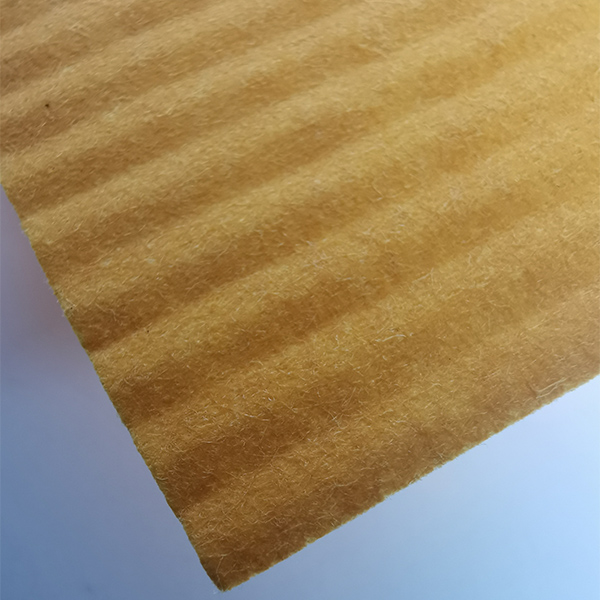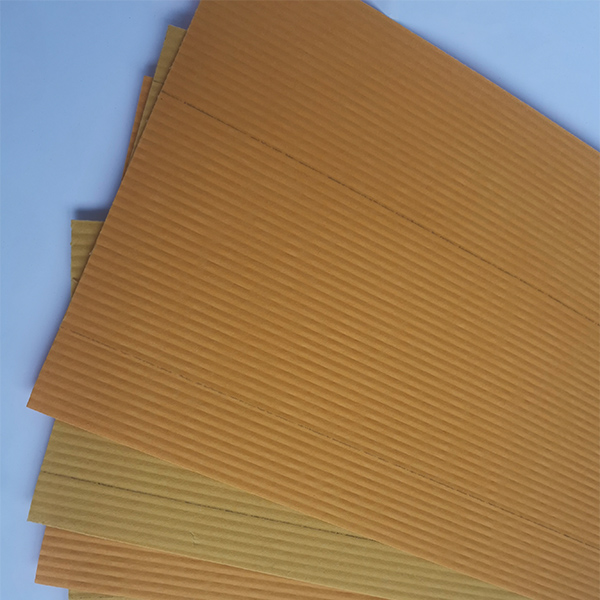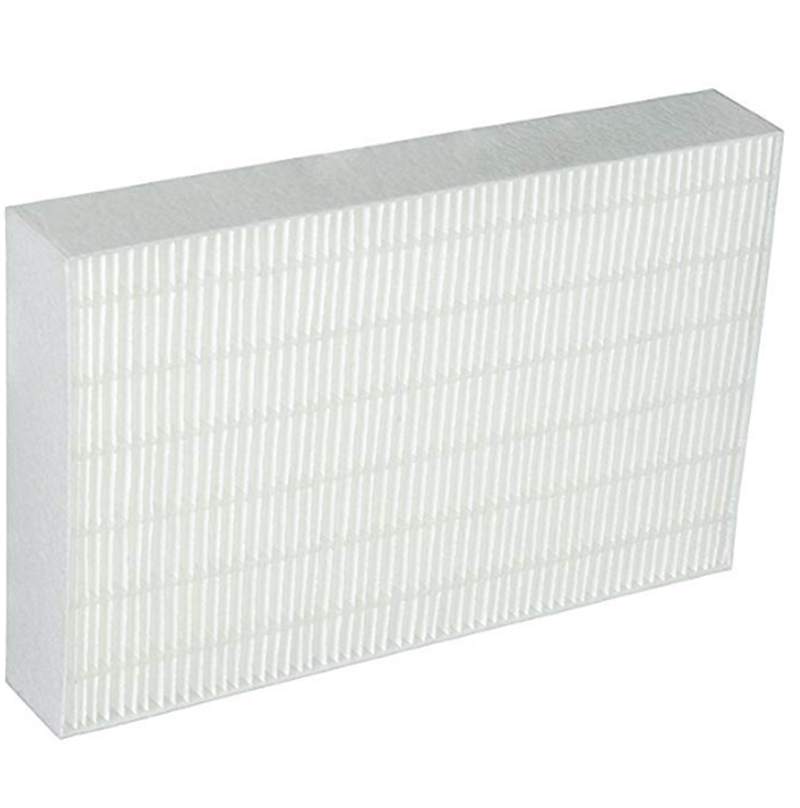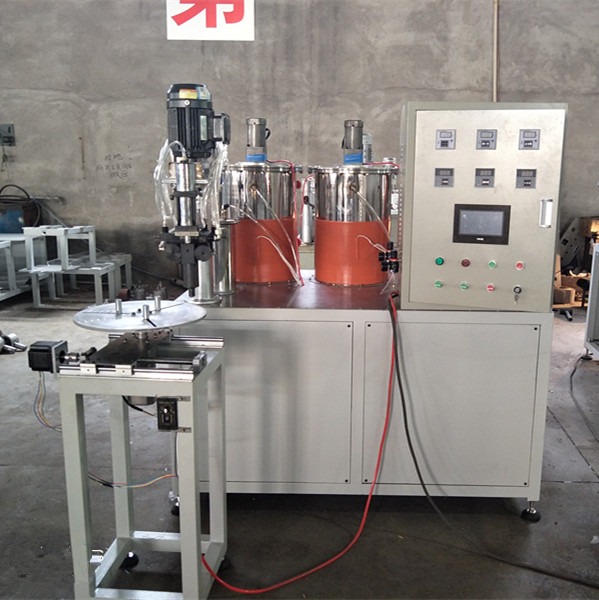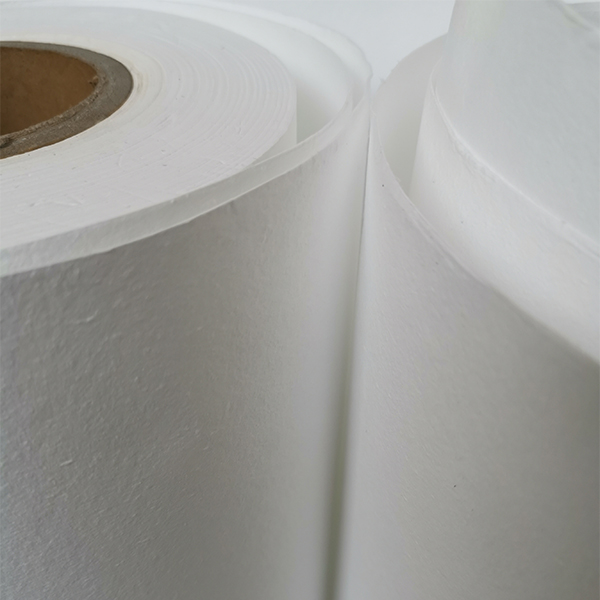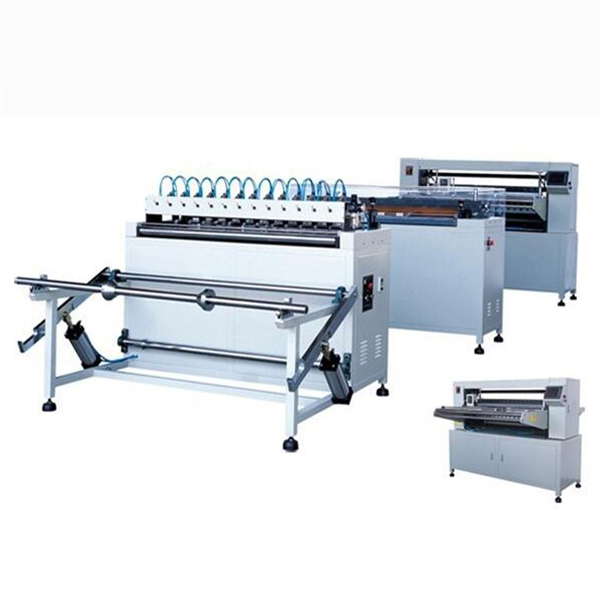What Exactly Is an End Cap Filter, and Why Should We Care?
The end cap filter isn't the flashiest component in industrial or manufacturing setups, but it's one of those unsung heroes that quietly keeps operations running smoothly. In simple terms, an end cap filter is a specialized filtration device attached to the end of tubes or pipes, designed to prevent contaminants from escaping or entering systems. Whether it’s used in water treatment, pharmaceuticals, or food processing, its role is crucial for maintaining purity and efficiency.
Globally, the importance of clean, contaminant-free fluid or air is gaining more attention, particularly as industries ramp up hygiene standards and sustainability efforts. When you understand why an end cap filter matters, you soon see how it plays a part in larger systems — from clean water access in remote villages to precision manufacturing in city factories. That’s quite a journey for such a small part!
Mini takeaway: An end cap filter may seem minor, but it’s vital for controlling contamination and ensuring system integrity across many sectors.
The Global Landscape and Challenges Around End Cap Filters
Industries worldwide rely on filtration to meet environmental and health regulations. According to recent ISO standards on filtration efficiency (ISO 16890), devices like end cap filters are evolving to meet stricter requirements. Consider water purification systems—UN reports show that over 2 billion people lack safe drinking water. This is where effective filtration designs contribute profoundly to public health outcomes.
However, filtration isn’t all smooth sailing. The growing complexity of industrial fluids, from chemical additives to bio-contaminants, means filters have to work harder and smarter. An ineffective end cap filter can lead to system failures, costly downtimes, or worse, contaminated products hitting the market. Oddly enough, this sometimes invisible little filter is a frontline defender against these many challenges.
Mini takeaway: While filtration is crucial globally, advances are needed to meet evolving contamination challenges.
End Cap Filter: Definition and Industrial Role
So what exactly defines an end cap filter? It is essentially a filtration component designed to be mounted at the terminal point of a tubular system, often sealing the end while filtering fluids or air passing through. Unlike inline filters that sit mid-pipe, end cap filters seal the system’s end and often include features that trap particles effectively.
Industries such as pharmaceuticals rely on sterile end cap filters to prevent microbial ingress, while food processing plants use them to safeguard product purity. In humanitarian contexts, filtration devices help with safe drinking water access — important in disaster relief and remote area aid.
Core Components and Key Factors That Make or Break an End Cap Filter
1. Material Durability
The materials used for end cap filters must resist chemicals, temperature swings, and pressure. For instance, stainless steel variants are prized for durability, while polymer caps offer cost-effective solutions. Many engineers say choosing the right material is as critical as the filtration media inside.
2. Filtration Efficiency
This is the heart of any filter — how well does it remove contaminants? Efficiency depends on the filter media's porosity, layering, and sometimes electrostatic properties. An end cap filter rated for 99.9% removal of particles >1 micron will be essential in biotech labs, for example.
3. Scalability and Size
An end cap filter needs to fit snugly on different pipe diameters or tubing systems. The market offers everything from compact filters for handheld labs to large-scale industrial end caps handling thousands of liters per hour.
4. Cost Efficiency
Balancing upfront costs with longevity is key. Replacement filters can add to operational expenses, so easy installation and maintenance become selling points.
5. Compatibility with Fluids or Gases
From viscous oils to sterile gases, the end cap filter design must be compatible to avoid breakdowns or contamination.
6. Regulatory Compliance
Especially in food, pharma, and water treatment, meeting FDA or EPA standards isn’t optional.
Mini takeaway: The quality of an end cap filter boils down to materials, efficiency, sizing, cost, compatibility, and legal compliance.
Global Applications of End Cap Filters: From Remote Relief to Industrial Giants
Where does an end cap filter come to life? Practically everywhere! Here are some snapshots:
- Disaster Relief & Humanitarian Aid: In post-flood zones, portable filtration units with end cap filters help purify water quickly.
- Pharmaceutical Manufacturing: Sterile filtration ensures injectable medicines remain pure and safe.
- Food & Beverage Production: Filters maintain taste, appearance, and safety, stopping sediment or bacteria.
- Oil & Gas: Protect sensitive pipeline equipment from particulate matter that can cause pipeline erosion.
- Remote Industrial Zones: Advanced filtration in mining or chemical plants where maintenance is tough but purity demands high.
I recall reading a case from a mining operation in Australia where poor filtration led to pipeline clogging, and switching to robust end cap filters saved them days of downtime yearly.
Mini takeaway: End cap filters quietly support vital operations – from humanitarian tasks to heavy industries.
Advantages & The Long-Term Value of Investing in Quality End Cap Filters
Choosing the right end cap filter isn’t purely technical—it has real financial and social payoffs. Here’s what good filtration brings to the table:
- Cost Savings: Preventing contamination means less waste, fewer recalls, and less equipment damage.
- Sustainability: Longer-lasting filtration parts reduce plastic waste and energy use.
- Safety & Trust: Clean products protect workers, consumers, and patients.
- Innovation Push: Drives manufacturers to improve designs, materials, and eco-friendliness.
- Dignity & Social Impact: In humanitarian contexts, reliable filters are literal life-savers.
It’s fascinating how something so small can ripple out into big gains for both bottom lines and humanity.
End Cap Filter Specifications at a Glance
| Specification | Typical Value | Comments |
|---|---|---|
| Material | Polypropylene / Stainless Steel | Depends on application |
| Micron Rating | 0.1 - 10 µm | Particle size filtered |
| Operating Temp | -10°C – 120°C | Varies by material |
| Max Pressure | 150 psi | Standard industrial rating |
| Size Range | 0.5” – 6” diameter | Adaptable to pipes/tubes |
Comparing Top Vendors of End Cap Filters
| Vendor | Product Range | Material Options | Compliance | Typical Lead Time |
|---|---|---|---|---|
| ClearFlow Filters | Industrial & Medical | PP, SS304, SS316 | ISO 9001, FDA | 2-3 weeks |
| PureGuard Solutions | Food & Beverage | Polypropylene, Nylon | HACCP, FDA | 1-2 weeks |
| AquaTech Filters | Water Treatment | SS316, PVC | NSF, EPA | 3-4 weeks |
| EcoFilter Inc. | Environmental Services | Biodegradable Materials | ISO 14001 | 4-5 weeks |
Looking Ahead: Future Trends in End Cap Filters
Innovation in end cap filters isn’t standing still. Folks in R&D are exploring nanomaterials that boost filtration without raising pressure losses, and biodegradable filter components that reduce landfill loads. With digital transformation, expect more smart filters that monitor clogging or integrity remotely, integrating with industrial IoT platforms.
Green energy applications also call for advanced filtration in hydrogen fuel lines or battery cooling. Policies promoting circular economies are pushing manufacturers toward recyclable or reusable end caps, too — this turns out to be a tough but rewarding design challenge.
Mini takeaway: The future of end cap filters is smart, sustainable, and integrated with digital tech.
Common Challenges and How to Tackle Them
End cap filters face some hurdles. One is premature clogging — if the filter media gets overwhelmed, flow rates drop, causing system strain. Regular maintenance schedules help, but in remote locations that’s tricky. Some suppliers now offer self-cleaning end cap filters or modular designs where you swap cartridges without shutting systems down.
Another challenge is compatibility — sometimes a fluid or gas chemically interacts with filter materials, degrading performance. Advanced material science helps by developing resistant polymers or coatings.
Lastly, balancing cost with performance can be a tug-of-war. Saving a few bucks up front might lead to bigger expenses down the line if filters fail too fast.
FAQ: Frequently Asked Questions About End Cap Filters
- Q1: How often should I replace an end cap filter in an industrial setup?
- A: It depends on the contamination level and fluid type, but typically every 3-6 months or as pressure drop reaches manufacturer limits. Monitoring systems can help decide optimal replacement time.
- Q2: Are end cap filters reusable or disposable?
- A: Both exist. Disposable filters use single-use media, common in sterile environments. Reusable versions have washable or replaceable cartridges but require strict cleaning to avoid cross-contamination.
- Q3: Can I use the same end cap filter for liquids and gases?
- A: Not usually. Filter media and design vary significantly based on fluid type, so select an end cap filter tailored for the specific application.
- Q4: How do I ensure my end cap filter complies with industry standards?
- A: Check vendor certifications like ISO, FDA, or NSF depending on your sector. Also, validate performance through third-party testing reports.
- Q5: Is installation tricky for end cap filters?
- A: Most are designed for easy integration, often screw-in or snap-fit, but always follow vendor guidelines. Proper sealing is critical to avoid leaks.
Conclusion: Why Investing in Quality End Cap Filters Pays Off
In the grand scheme, end cap filters are humble yet pivotal components. They protect processes, ensure product safety, and help meet global health and environmental goals. For businesses and humanitarian operations alike, choosing the right end cap filter is about more than filtration — it’s about reliability, trust, and sustainable progress.
Want to dive deeper into high-quality filter options? Visit our website: end cap filter – your trusted partner for advanced filtration solutions.
References
Post time: Nov-19-2025

